Walnut Pi 2B is a single board computer (SBC) powered by an Allwinner T527 octa-core Cortex-A55 SoC with a built-in 2 TOPS AI accelerator that closely follows the Raspberry Pi 5 design for compatibility with most HAT+ expansion boards and accessories.
The Walnut Pi 2B SBC ships with 1GB to 4GB LPDDR4 RAM, an optional 32GB eMMC flash, and features a microSD card slot, gigabit Ethernet, four USB ports, a WiFI and Bluetooth module, MIPI DSI/CSI connectors, and the same PCIe FFC connector as found on the Raspberry Pi 5, and a 40-pin GPIO. One of the most obvious differences is that it only comes with one micro HDMI port instead of two on the Pi 5. Let’s check out the specifications to find other changes.
Walnut Pi 2B specifications:
- SoC – Allwinner T527
- CPU
- Octa-core Arm Cortex-A55 processor with four cores @ 1.80 GHz and four cores @ 1.42GHz
- E906 RISC-V core up to 200 MHz
- DSP – 600MHz HIFI4 Audio DSP
- GPU – Arm Mali-G57 MC1 GPU
- AI accelerator – Optional, up to 2 TOPS NPU (shown on SoC markings: M02X0DCH: NPU present, M00X0DCH: no NPU)
- CPU
- System Memory – 1GB, 2GB, or 4GB LPDDR4 RAM
- Storage
- Optional 32GB eMMC flash (Note: the PCB silkscreen implies 16GB, 64GB, or 128GB capacities are also offered)
- 8MB SPI flash
- MicroSD card slot
- Video Output
- micro HDMI port up to 4Kp60
- 4-lane MIPI DSI connector
- Camera Interface – 4-lane MIPI CSI connector
- Audio
- Audio FPC connector
- Digital audio via micro HDMI port
- Networking
- Gigabit Ethernet RJ45 port with optional PoE+ support
- Dual-band 802.11ax WiFi 6 and Bluetooth 5.0 via AW869 module and ceramic antenna
- USB
- 1x USB 3.0 port
- 3x USB 2.0 ports
- Expansion
- 40-pin Raspberry Pi GPIO header (likely partially compatible)
- PCIe 2.0 x1 FFC connector for HAT+ expansion boards
- Debugging – 3-pin debug UART (i.e., not on 40-pin GPIO header)
- Misc
- Programmable button and LED
- 2-pin power switch footprint
- IR receiver
- PWM fan header
- Programmable button and LED
- Power Supply
- 5V/2A via USB-C port
- 4-pin PoE header
- Dimensions – 85 x 56 mm
Some of the improvements over the Raspberry Pi 5 include a WiFi 6 module, an 8MB SPI flash, an optional 32GB eMMC flash, and a built-in IR receiver. The Allwinner T527 also features a 2 TOPS AI accelerator, which may remove the need for an external AI accelerator depending on the workload. On the downside, the Walnut Pi 2B only comes with one micro HDMI port and only one USB 3.0 port. It also supports up to 4GB RAM, so no 8GB or 16GB RAM options like for the Raspberry Pi 5. Finally, a 1.8 GHz Cortex-A55 core is much slower than a 2.4 GHz Cortex-A76 core, so single-core performance will be significantly weaker on the Walnut Pi, while multi-core performance (8x Cortex-A55 vs 4x Cortex-A76) might be in the same range, depending on the workload.
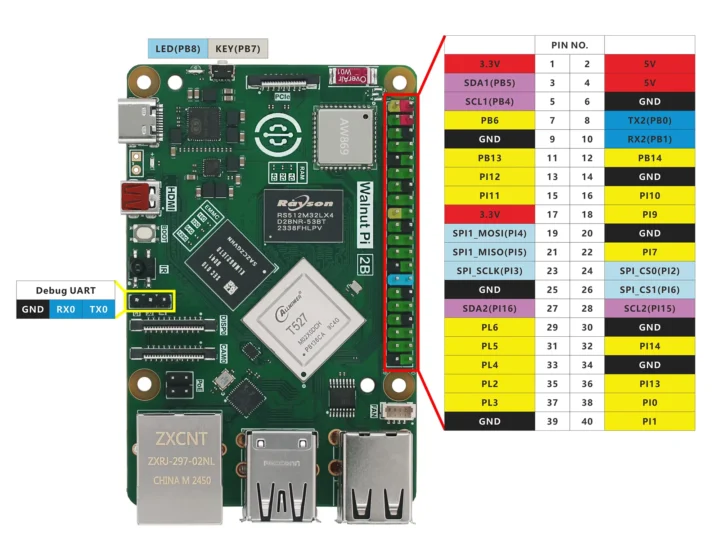
The board can run Walnut Pi OS based on Debian Desktop, a minimal Linux image, Ubuntu, Android, and Home Assistant OS. The build script for Walnut Pi OS can be found on GitHub, and the documentation is on the project’s website. Sadly, it’s only in Chinese for now, but users will find instructions to get started with Walnut OS, C and Python programming, GPIO control, PyQt5, OpenCV, and Home Assistant. I can also see instructions for DeepSeek R1-1.5B in the “User DIY” section.
The company highlights support for Raspberry Pi 5 accessories like the active cooler, the M.2 HAT+ for NVMe SSD (and other PCIe HAT+), and PoE HATs like the Waveshare PoE HAT (F).
The Raspberry Pi 5 starts at $50 in its 2GB RAM configuration (excluding taxes and shipping), so the Walnut Pi 2B would have to be a little cheaper to be price-competitive unless you need one of the few extra features offered by the board. The Walnut Pi 2B SBC starts at $41.49 plus shipping, but that’s for the 1GB RAM/no eMMC configuration, and the 2GB RAM/no eMMC model goes for $46.63. The top variant with 4GB RAM and 32GB eMMC flash sells for $53.49. The company also offers various bundles with an active cooler, an ABS enclosure, a 5V/3A power supply, a micro HDMI cable, and/or a microSD card plus reader. The Allwinner T527 SBC is also listed on Amazon, but for a crazy price ($172).
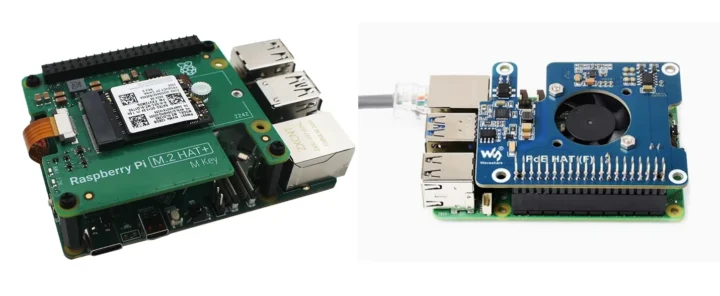

Jean-Luc started CNX Software in 2010 as a part-time endeavor, before quitting his job as a software engineering manager, and starting to write daily news, and reviews full time later in 2011.
Support CNX Software! Donate via cryptocurrencies, become a Patron on Patreon, or purchase goods on Amazon or Aliexpress


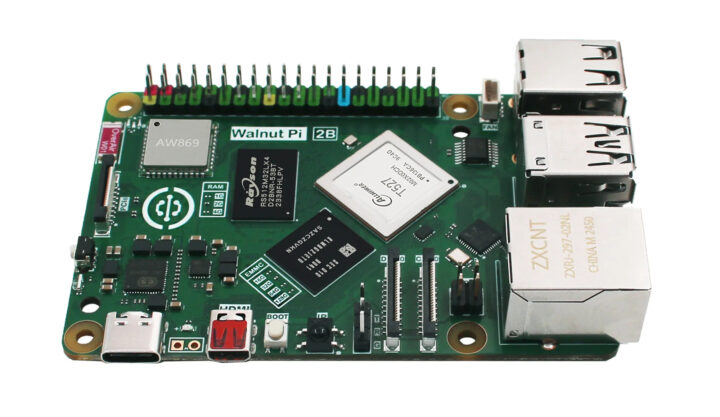
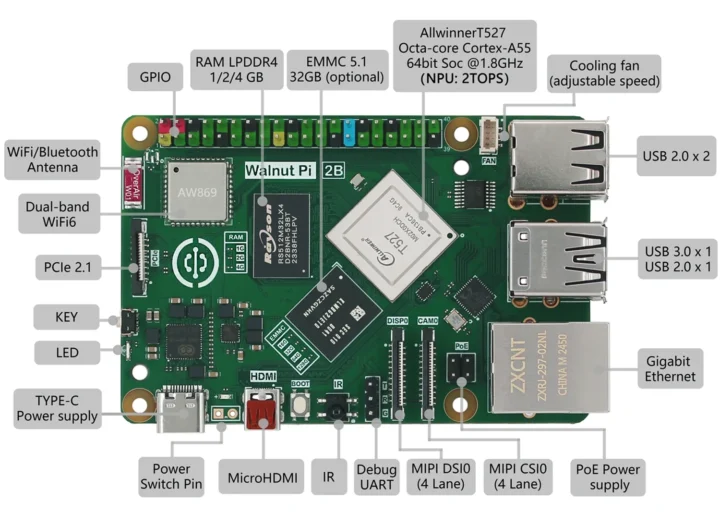
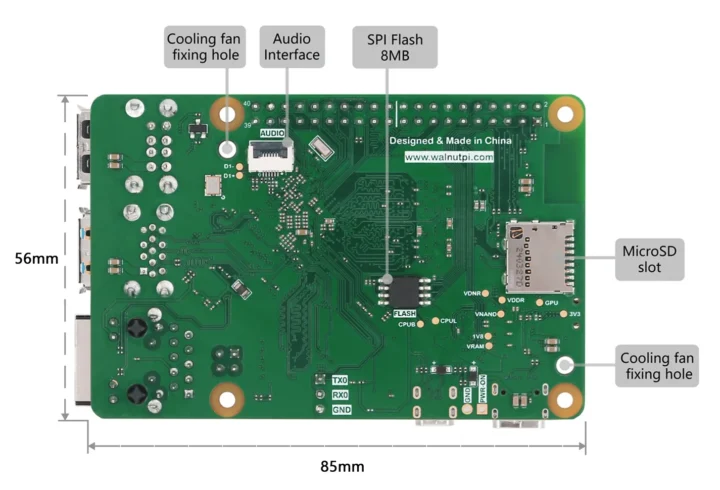

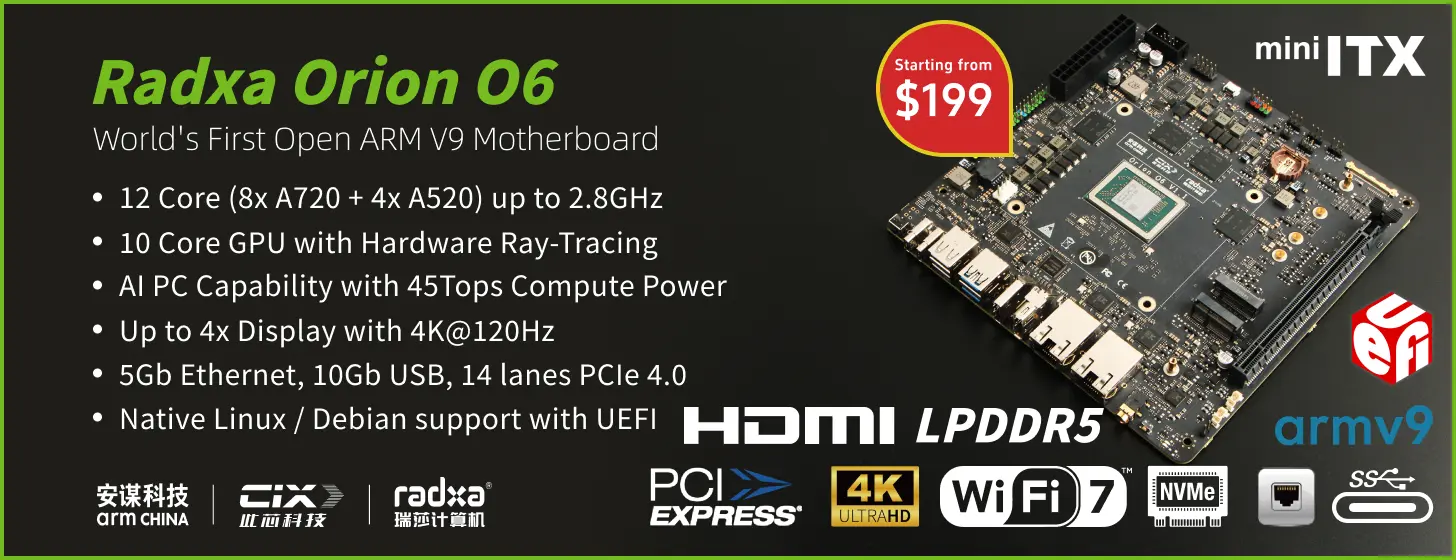


It’s amazing that they seem to require a fan to run with only small cores at such low frequencies. Either the SoC is pure garbage, or the board’s designers didn’t think enough about cooling (or both). Even my very old NanoPI-Fire3 runs its 8 A53 cores at 1.6 GHz sustained with only a thermal plate whose surface is less than half this board’s size!
The eMMC option can make the board interesting compared to RPi for certain applications, but let’s see if this chip will again depend on the sunxi community’s work to get some support or will be limited to outdated and insecure BSPs which were the specialty of allwinner.
The Allwinner A523/A527/T527/H728 family is being mainlined by sunxi already: https://linux-sunxi.org/A523
Keeping in mind the A523 runs passive and that they share the same die, I’m guessing you could down-clock 4 of the cores by 200MHz and get it running without a fan.
Only the M variants are listed by them (the H ones are allowed to clock up to 2 GHz) so same clockspeeds as A523.
Mainline Linux support of walnutpi 2b now is present in the some builds of manjaro arm
That’s great news, which indicates that the sunxi community is still as active.